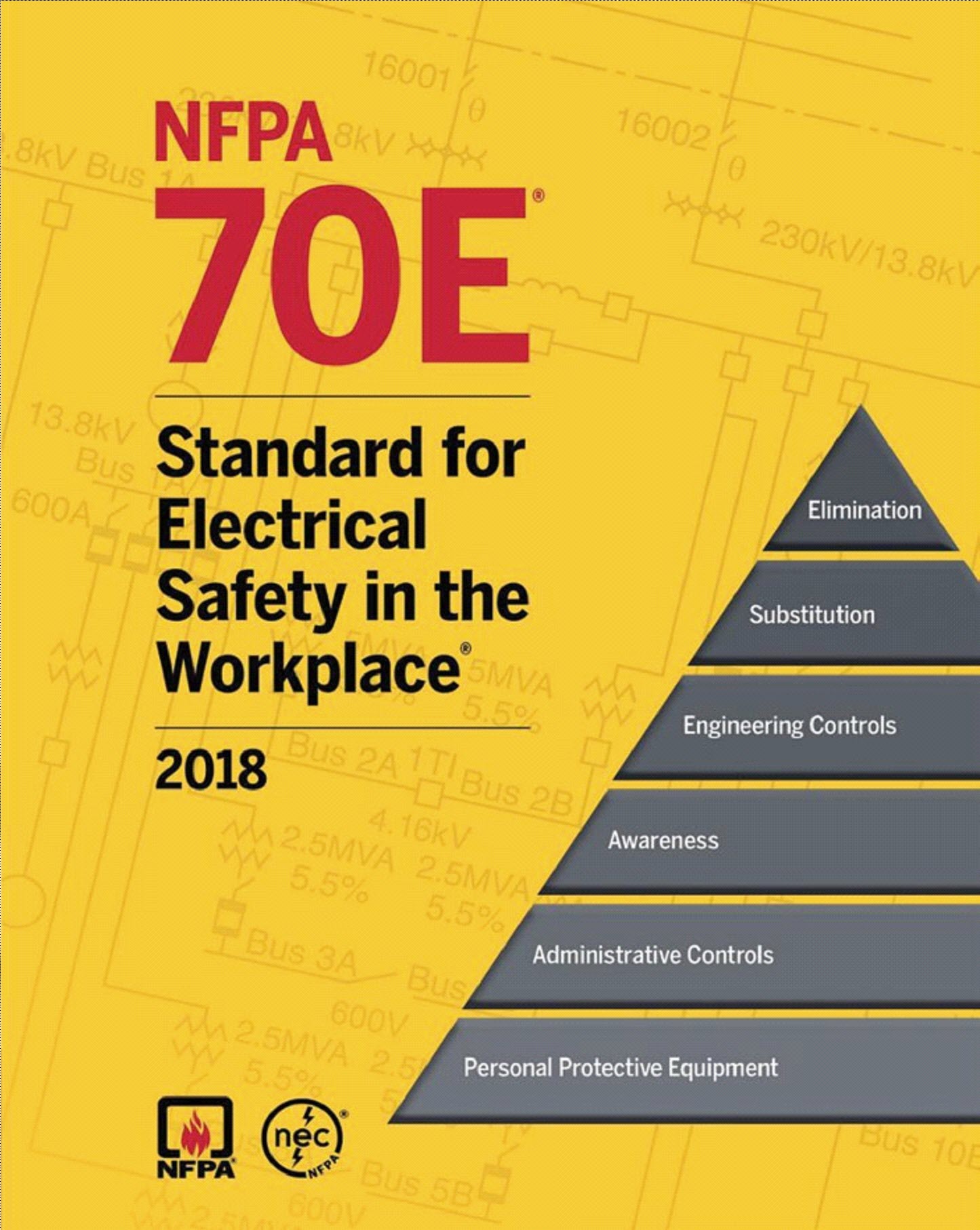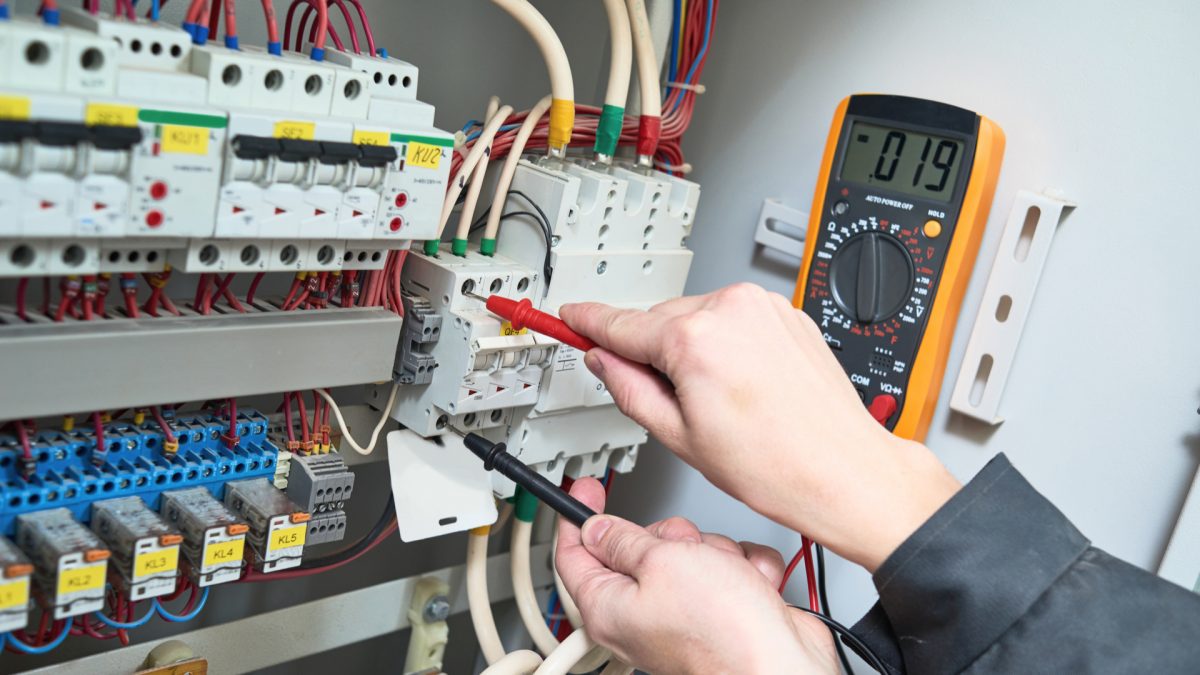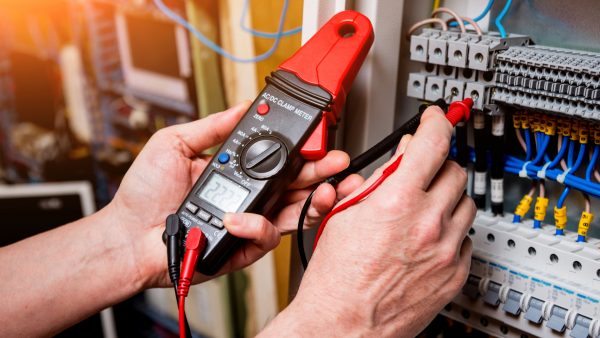Nobody wants to get an electric shock while working on the electrical panels especially when they think that it has been made safe; the Absence of Voltage Testing is explicitly designed to prevent this incident from happening.
In this article, we will explain “what is the test?”, the test standard, and its procedures.
This is part of The Guide to Absence of Voltage Testing by Factomart
What exactly is the test?
The Absence of Voltage Test is used to verify a de-energized condition and ensure that the power has been turned off before performing work on an electrical system.
Significance of Verifying the Absence of Voltage
[1] US Department of Labor, “Bureau of Labor Statistics Occupational Injuries and Illnesses,”
[2] C. M. Wellman, “OSHA Arc-Flash Injury Data Analysis,” in 2012 IEEE IAS Electrical Safety Workshop, Daytona Beach, FL, 2012.
Standards for the Absence of Voltage Testing

The National Fire Protection Association (NFPA) is a trade association that develops and maintains various standards and codes designed to prevent injury and economic
loss caused by fire and electrical related hazards. The organization published NFPA 70E, the Standard for Electrical Safety in the Workplace and updates the standard every three years.
Updated Method of Checking for Absence of Voltage
Prior to NFPA 70E 2018, the process electrical workers would use to verify the absence of voltage in a panel or other electrical equipment required the use of an “…adequately rated test instrument…”1, which was typically interpreted as a hand-held voltage tester.
NFPA 70E, Article 120.5, Process for Establishing and Verifying an Electrically Safe Work Condition, has always contained a step to verify the absence of voltage.
The 2018 edition includes an exception, also known as an approved alternative, to using a hand- held test instrument. The new exception describes an absence of voltage tester (AVT).
The new language in NFPA 70E-2018, Article 120.5 (7) states:
Exception No. 1: An adequately rated permanently mounted test device shall be permitted to be used to verify the absence of voltage of the conductors or circuit parts at the work location, provided it meets all the following requirements:
- It is permanently mounted and installed in accordance with the manufacturer’s instructions and tests the conductors and circuit parts at the point of work
- It is listed and labeled for the purpose of verifying absence of voltage
- It tests each phase conductor or circuit part both phase-to-phase and phase-to-ground
- The test device is verified as operating satisfactorily on any known voltage source before and after verifying the absence of voltage
For the remainder of this paper, NFPA 70E-2018, Article 120.5 (7), Exception 1 will be referred to as Exception 1.
1Standard for Electrical Safety in the Workplace 2015 Edition, NFPA 70E, 2014.
Testing Procedures
Absence of Voltage Testing is the test to ensure the safety of the worker when doing work on the electrical panel. The procedures ensure that there is no risk of an electric shock to the worker. There are several methods of carrying out the Absence of Voltage Test; the new Absence of Voltage Tester devices help to speed up the process as well as ensuring the test are done properly reducing human error.
Further information:
- Shop tools for doing the Absence of Voltage Test
- Read more about the method of testing in How to test for the Absence of Voltage? What is the best methods?


